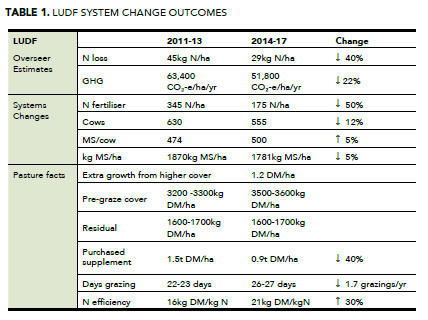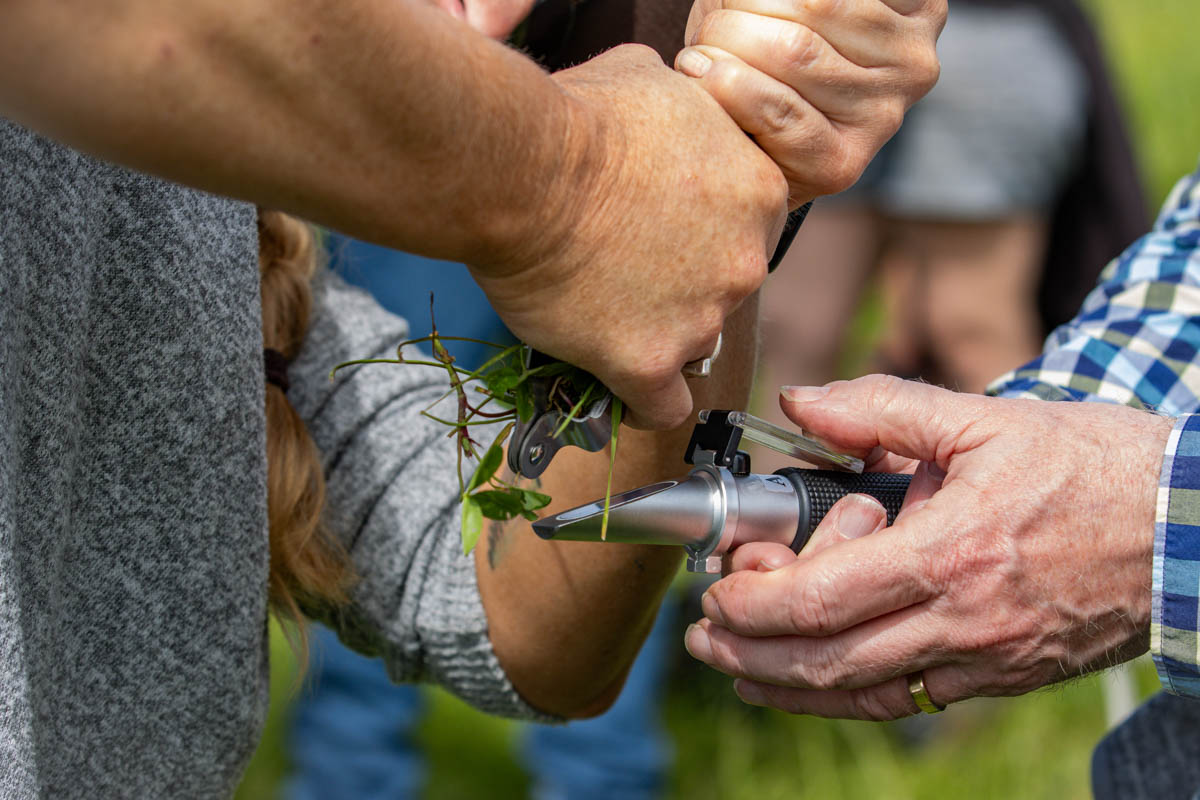By ANNE LEE
Tetraploids will become an increasingly important tool in farmers’ pasture-based toolbox for improving productivity and reducing environmental impact, Barenbrug marketing manager Graham Kerr says.
The ability of tetraploid ryegrass to maintain quality at higher covers as the plant hits its third leaf means a win:win for the plant and the animal.
At the three leaf point the ryegrass plant has replenished its carbohydrate reserves so if it’s grazed at that point, it has the energy needed to rebuild itself and grow its solar panels or leaves back again.
At the three-leaf point water soluble carbohydrates (WSC) have also been replenished and will be sitting at a higher ratio to protein levels.
That’s important because WSC supplies the energy rumen bacteria need to break down and use the protein in the grass which means less nitrogen is likely to be excreted by the cow.
That ratio of WSC to protein is further enhanced by the reduction in crude protein as the plant moves from first to second and then on to third leaf stage.
“Lactating cows in spring need about 18% crude protein in their diet so a pasture with 22% protein supplies 4% too much.
“Grazing at a three-leaf stage instead of 2.5 leaves can reduce crude protein by about 1.5% – it might not sound like much but that results in a 30% or more drop in excess protein.”
Graham says that for the Lincoln University Dairy Farm (LUDF) a shift to grazing slightly higher covers, and grazing at the third leaf stage while still hitting residuals added about 1.2 tonnes drymatter (DM) to annual yields for no cost.
“Alternatively, you could grow the same amount of drymatter for 100kg nitrogen (N) fertiliser/ha/year less based on a growth response of 12kg drymatter (DM)/kg N.
“That’s significant given the nitrogen reductions farmers must make under new regulations,” he says.
Being able to graze at higher covers and maintain quality means a longer grazing round and more time for the ryegrass to respond to nitrogen fertiliser applications.
The grazing round at LUDF lengthened by four days from October to May because pre-grazing target covers lifted by 300kg DM/ha.
That additional time meant an improvement in nitrogen response of 30%.
It also meant the number of times paddocks were grazed dropped by an average of 1.7 grazings.
Cows can increase intakes when grazing on tetraploid pastures because the base of the plant stays softer than a diploid at the same higher cover.
Graham says cows take about 25,000 bites a day so they work hard for their feed.
The softer stems make it easier for the cow to get down to residuals.
Even when the tetraploid is sown with a diploid most of the tetraploid effect is maintained with cows able to more easily graze to residuals when covers are higher.
The diploids help protect the tetraploids from overgrazing and make the pasture more robust, improving persistence.
All but one of LUDF’s paddocks has been either tetraploid ryegrass or a combination of tetraploid and diploid which has been a key factor in the success of its system change reducing cow numbers, cutting back on bought-in feed and lowering nitrogen fertiliser use without having a big impact on profit.
It’s enabled the farm to lighten its environmental footprint significantly including nitrogen loss and its greenhouse gas (GHG) emissions even though reductions in nitrogen loss due to the improved ratio of crude protein to WSC thanks to grazing at a three-leaf stage haven’t been taken into account yet.
Graham says environmental benefits can come from the wide range of ryegrass types available to farmers.
“That’s one of the remarkable things about the plant – the range of attributes that come from perennials, Italians, hybrids, tetraploids, diploids and then the cultivars within them.
“The cool season growth we can get from hybrids and Italians that not only gives farmers yield at times when changes in climate are seeing farmers adapt their dairy systems it also means they can do an amazing job at reducing nitrogen loss.”
Breeding hybrids back with an Italian or a perennial is now giving a continuum in terms of seasonal growth profile, he says.
“We simply don’t have anything to beat ryegrass for yield of high quality, high ME (metabolisable energy) feed, ease of establishment, ease of management and how forgiving it is.”





